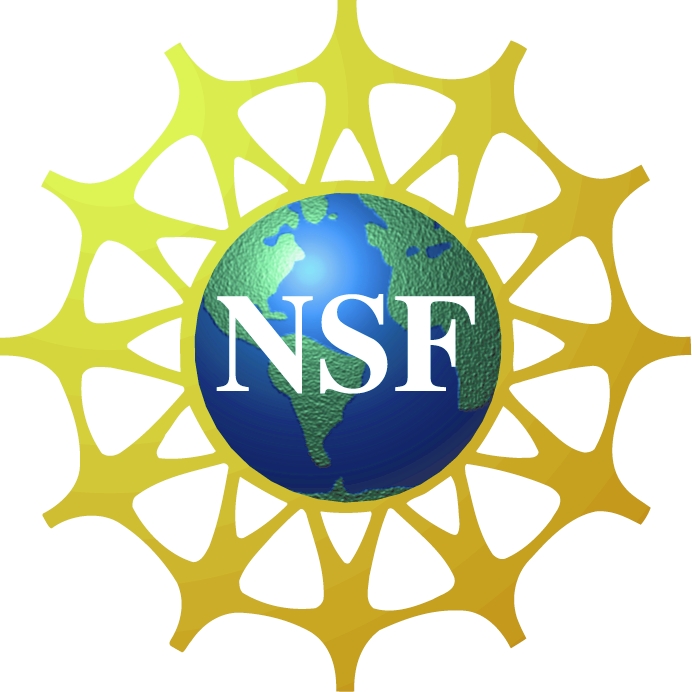Difference between revisions of "Main Page"
(Remove news about 2010 mini-GEM) |
(Update information about 2011 GEM/CEDAR Summer Workshop) |
||
| Line 6: | Line 6: | ||
== What's New == | == What's New == | ||
| − | * | + | * [http://www.cpe.vt.edu/gem/index.html The GEM Workshop website] has made available the [http://www.cpe.vt.edu/gem/schedule.html tentative agenda] for the '''2011 Joint GEM/CEDAR Workshop''' in Santa Fe. |
| − | |||
* Three new Focus Groups have been selected to start in Summer 2011: (1) ''Metrics and Validation'', (2) ''The Ionospheric Source of Magnetospheric Plasma: Measuring, Modeling, and Merging into the GEM GGCM'', and (3) ''Scientific Magnetic Mapping and Techniques''. Details of Focus Group proposals can be found in the [[GEM Focus Groups|GEM Focus Groups]] section. | * Three new Focus Groups have been selected to start in Summer 2011: (1) ''Metrics and Validation'', (2) ''The Ionospheric Source of Magnetospheric Plasma: Measuring, Modeling, and Merging into the GEM GGCM'', and (3) ''Scientific Magnetic Mapping and Techniques''. Details of Focus Group proposals can be found in the [[GEM Focus Groups|GEM Focus Groups]] section. | ||
* See [[Documents and Reports|Documents and Reports]] for the latest issues of GEMstone Newsletter. | * See [[Documents and Reports|Documents and Reports]] for the latest issues of GEMstone Newsletter. | ||
Revision as of 13:52, 20 May 2011
Geospace Environment Modeling (GEM) 
Geospace Environment Modeling (GEM) is a broad-based, community-initiated research program on the physics of the Earth's magnetosphere and the coupling of the magnetosphere to the atmosphere and to the solar wind. The purpose of the GEM program is to support basic research into the dynamical and structural properties of geospace, leading to the construction of a global Geospace General Circulation Model (GGCM) with predictive capability. This GGCM model will be modularized and will complement parallel developments of magnetohydrodynamic models. The strategy for achieving GEM goals is to undertake a series of campaigns and focus groups, in both theory and observational modes, each focusing on particular aspects of the geospace environment.
The Geospace Environment Modeling (GEM) program is sponsored by National Science Foundation (NSF) Division of Atmospheric and Geospace Sciences.
What's New
- The GEM Workshop website has made available the tentative agenda for the 2011 Joint GEM/CEDAR Workshop in Santa Fe.
- Three new Focus Groups have been selected to start in Summer 2011: (1) Metrics and Validation, (2) The Ionospheric Source of Magnetospheric Plasma: Measuring, Modeling, and Merging into the GEM GGCM, and (3) Scientific Magnetic Mapping and Techniques. Details of Focus Group proposals can be found in the GEM Focus Groups section.
- See Documents and Reports for the latest issues of GEMstone Newsletter.
Acknowledgment and Disclaimer
This GemWiki site is supported by the National Science Foundation under Grant No. 0903107. Any opinions, findings and conclusions or recommendations expressed at this web site are those of the authors and do not necessarily reflect the views of the National Science Foundation (NSF).